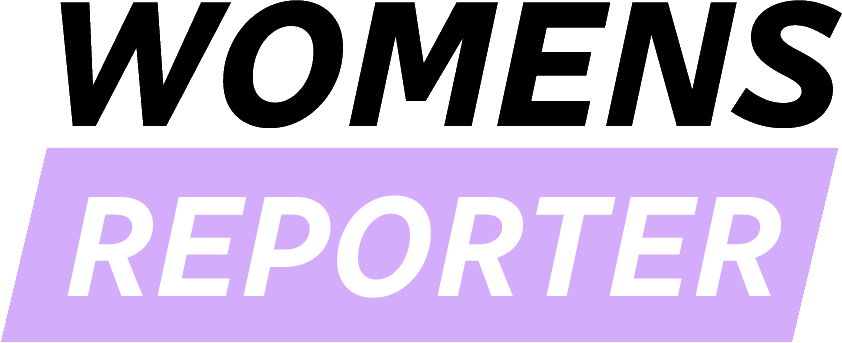How Women Are Redefining Workplace Productivity with AI
In recent years, the intersection of artificial intelligence (AI) and workplace productivity has become increasingly significant. Women leaders in various industries are at the forefront of this evolution, leveraging AI technologies to transform workflows and improve collaboration. These trailblazers are shaping the future of work by ensuring that AI tools not only enhance efficiency but also prioritize employee well-being and satisfaction. By focusing on strategies that promote both productivity and positive workplace culture, women are redefining what productivity means in the modern era.
Trailblazers in the Field
A prime example of a woman leading the charge in AI-driven workplace productivity is Claire Haidar, co-founder of WNDYR. Haidar has developed innovative AI-powered platforms that streamline workplace processes and foster improved team collaboration. Her focus on creating tools that enhance communication and task management has set a new standard for productivity in many organizations. Moreover, female-led startups like Front are making significant strides by employing AI to help businesses manage communication more effectively and prioritize tasks. These pioneers exemplify how women’s leadership in tech can drive substantial advancements in workplace efficiency.
Balancing Technology and Human Interaction
One of the core values women in workplace productivity emphasize is the importance of balancing technological advancement with genuine human interaction. The innovations emerging from this perspective include AI tools that enable real-time feedback, predictive analytics designed to minimize workload bottlenecks, and smart scheduling systems that optimize resource allocation. By integrating these technologies, female leaders are enhancing the workflows of businesses while also ensuring that employee voices are heard. This approach recognizes the value of human-centric design in AI applications, ultimately leading to more engaged and productive teams.
Addressing Challenges
Despite the significant advancements made by women in the field, challenges remain. Resistance to AI adoption is a genuine concern among many organizations, coupled with overarching worries about data security and privacy. Female innovators are proactively addressing these issues by fostering an environment of transparency and trust. By ensuring compliance with privacy standards and demonstrating the tangible benefits of AI, these leaders are mitigating fears and encouraging widespread adoption of AI technologies in the workplace.
Transforming the Workplace
The contributions of women to AI-driven productivity are undeniably transforming workplaces for the better. As more organizations embrace the integration of AI tools, there’s a growing recognition of the need to blend technology with empathy. This blend not only drives business success but also promotes a healthier, more engaged workforce. By prioritizing employee needs and well-being while implementing productivity innovations, women leaders are creating work environments where both employees and organizations can thrive. This transformation is essential, especially as workplaces evolve in response to emerging global challenges.
Expanding the Conversation on AI and Gender
The conversation around AI and workplace productivity has also opened up discussions about gender representation in technology. With more women stepping into leadership roles and creating AI solutions, the narrative is shifting from a male-dominated tech industry to a more inclusive environment. By recognizing and amplifying the contributions of women in this space, organizations can leverage a diverse range of perspectives to create more innovative and effective solutions. This shift not only contributes to workplace productivity but also addresses broader societal issues regarding gender equality in technology.
Looking Ahead
As AI technologies continue to advance, the role of women in shaping these developments cannot be underestimated. Their leadership is vital in guiding organizations through the challenges and opportunities presented by AI. By prioritizing the human element of productivity and addressing concerns related to technology, women are laying the groundwork for sustainable workplace cultures. This forward-thinking approach not only enhances productivity but also enriches the overall employee experience, setting new standards for what the future holds in the workplace.
Conclusion
Women are leading a transformative wave in workplace productivity through the strategic application of AI technologies. By crafting tools that enhance collaboration and employee satisfaction, female leaders are setting new benchmarks for success in the modern workplace. As they continue to address challenges around data security and resistance to change, their contributions foster an inclusive environment where technology and human interaction coexist harmoniously. Ultimately, this revolution is not only about increasing productivity but also about nurturing a workplace culture that values and supports each individual.
FAQs
What are some examples of AI tools developed by women for workplace productivity?
Some examples include AI-powered platforms by Claire Haidar’s company WNDYR, which streamline processes and improve team collaboration, and Front, which helps manage communication and prioritize tasks.
How do women leaders balance technology and human interaction?
Women leaders prioritize human-centric design in AI applications, emphasizing the importance of feedback, engagement, and employee well-being while integrating technological solutions in the workplace.
What challenges do women face in promoting AI adoption in organizations?
Challenges include resistance to change, concerns about data privacy and security, and the need to demonstrate clear benefits of AI tools to encourage widespread acceptance within businesses.
What impact do women in leadership have on the future of workplace productivity?
Women in leadership positions are driving innovation and fostering inclusive workplace cultures that enhance both productivity and employee satisfaction, thereby shaping a more sustainable future of work.
Why is diversity important in AI technology development?
Diversity brings varied perspectives and experiences that lead to more innovative solutions. It also helps address biases in AI technologies, ensuring fair and equitable outcomes for all users.
